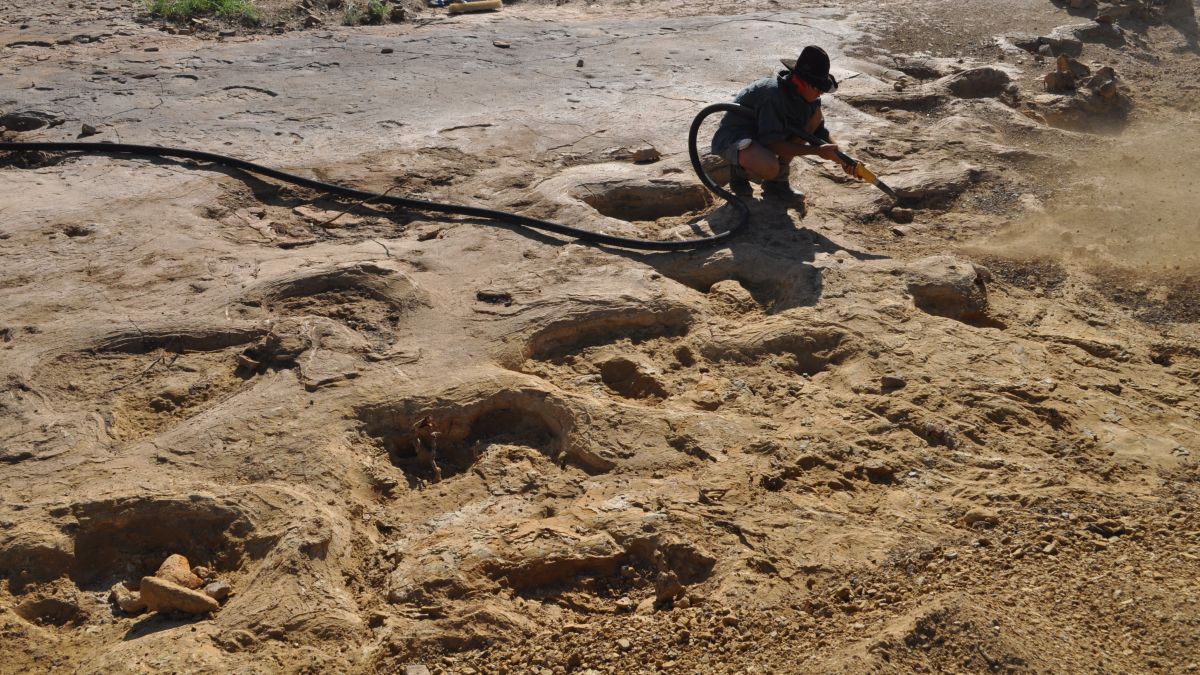A group of scientists has recently discovered more than 1,000 dinosaur footprints in the small town of Huatacondo in northern Chile, making the town the place with the highest number of dinosaur footprints in Chile.
“It is something truly unprecedented in my professional experience, incredible. In 10 days, we found more than a thousand footprints… We know that there is huge potential here and it is the beginning of a great project,” geologist Christian Salazar said.

After reviewing the information compiled by the Huatacondo community, the team made up of five Chilean, and foreign professionals traveled to the Tarapaca region in northern Chile from May 23 to June 3, where they found several hundred footprints over 30 square kilometers.
Experts said much remains to be discovered.
“We have to continue collecting information, collecting data, complementing what we already collected,” said Salazar, a researcher at the Universidad Mayor, a private university in the Chilean capital city of Santiago.
The discovery consists of more than 1,000 prints made by newborn, juvenile, and adult sauropod dinosaurs and theropod dinosaurs dating back 150 million years.
The group collected footprints measuring from 80 centimeters to one meter, indicating that the large animals were up to 12 meters long. Smaller organisms such as worms, plants, and insects were also found fossilized in the sedimentary rock.
Salazar, also a specialist in mass extinctions, said that paleontology “is not just about a new species of dinosaur or fossil; many questions have to be answered, starting with the environment in which [the dinosaurs] developed and what happened to them.”
“It allows us to make climate interpretations… determine seasonality because here we have very well marked cycles,” said Salazar.
The team is preparing to publish the first results of their research in November and is aiming to have the area named a World Heritage Site by the United Nations Educational, Scientific, and Cultural Organization.
Xinhua

